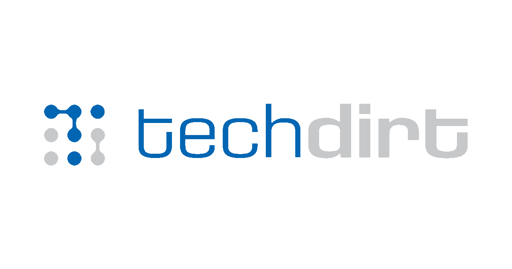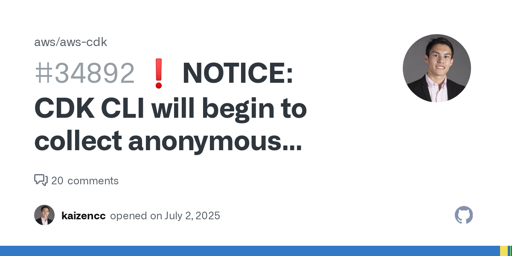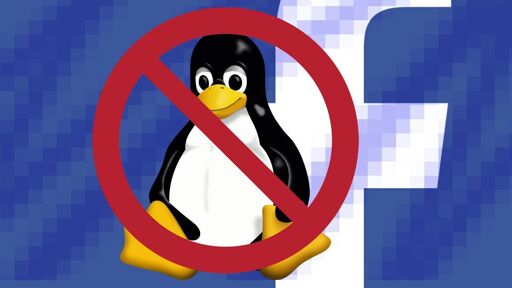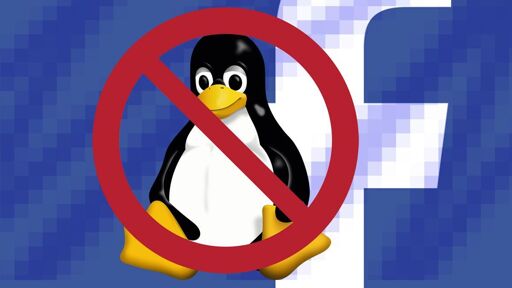Onno (VK6FLAB)
Anything and everything Amateur Radio and beyond. Heavily into Open Source and SDR, working on a multi band monitor and transmitter.
#geek #nerd #hamradio VK6FLAB #podcaster #australia #ITProfessional #voiceover #opentowork
- 17 Posts
- 252 Comments

 8·6 days ago
8·6 days ago… and anyone else who should not have access to your data.

 225·6 days ago
225·6 days agoAnd now you know why you should encrypt your data on any cloud provider.

 6·8 days ago
6·8 days agoI’ve been using Linux for 25 years,
awkis a more recent addition to my arsenal, but rapidly becoming more and more useful.For example,
awkis extremely helpful if you want to rearrange columns, do math on columns, essentially do things that would take multiple lines ofbashwithcutandread.

 10·8 days ago
10·8 days agogrep, sed, awk, and find

 661·12 days ago
661·12 days agoI wonder … will it be another case of “Too Big To Fail” … or will it be … “Let The Market Decide”?
I’m guessing the answer depends on how many medals the CEO of Oracle can bestow upon the Orange.
Me … cynical … no … just been here for a while.

 2·20 days ago
2·20 days agoMore likely than not you’re confusing modifier keys.
On the Mac, the zoom is [Command] + [+].
In Linux it’s [Control] + [+]
This is pretty much true across the board. It’s sometimes non-obvious because wrappers like UTM try to “help”.
The alternative is to ssh into the VM and continue to use the MacOS shortcuts you’re used to.
Source: I’ve been using Linux on MacOS guests for a very long time.
Kali ≠ Debian
I did not see an
apt-get updateIn my experience, unmet dependencies are unlikely to happen on a stable version where you only installed from the official repo.
The LZMA decompression errors point at a much more fundamental issue. I’m suspecting that the repository URLs point at non standard locations or downloads were interrupted, though I’m not sure exactly how, since AFAIK, apt checks the checksum.
If you must have something that’s not In your distro, do yourself a favour and install Docker and run your package inside there, much less chance of killing your system.
Source: I’ve been using Debian for over 25 years.

 4·28 days ago
4·28 days agoI’ll add it to the list:
- AI is Assumed Intelligence.
- AI is autocorrect on steroids.
- AI is a Dunning-Kruger accelerator.
- AI is a classic case of Gell-Mann amnesia.

 155·29 days ago
155·29 days agoWhat you’re describing is a general experience with LLM, not limited to the C-level.
If an LLM sprouts rubbish you detect it because you have external knowledge, in other words, you’re the subject matter expert.
What makes you think that those same errors are not happening at the same rate outside your direct personal sphere of knowledge?
Now consider what this means for the people around you, including the C-level.
Repeat after me, AI is Assumed Intelligence and should not be considered anything more than autocorrect on steroids.

 71·1 month ago
71·1 month agoSource?
The fact that Debian is not on your list makes me doubt that it’s accurate or complete and while I’ve been using Linux as my primary desktop for over 25 years, I’ve never heard of any of those distributions listed.

 9·1 month ago
9·1 month agoI’m guessing that the answer to that is … as soon as openai collapses … hopefully.

 30·1 month ago
30·1 month agoThe article explains precisely what it is and why … it’s even written in English.

 10·1 month ago
10·1 month agoWhat is your budget?
What size do you want?
What screen resolution?
Which GPU?
And if you want warranty, which country are you in?

 511·2 months ago
511·2 months agoIs it just me, or does that seem … abrupt?

 9·2 months ago
9·2 months agoCharging him with a crime sounds like a good start … though I doubt that will happen anytime soon.

 46·2 months ago
46·2 months agoSo … the US Congress can just summon a citizen from a different country … and the citizen is compelled to … do what exactly?

 15·2 months ago
15·2 months agoProTip: the Ubuntu version number includes the year and month of release. 26.04 will be released in April 2026. 26.10 in October 2026.
What they’ll do when they hit 2100 is left as a rollover issue for the next poor sod.

 8·2 months ago
8·2 months agoYes. Look up LOGO.
















… you had one job …